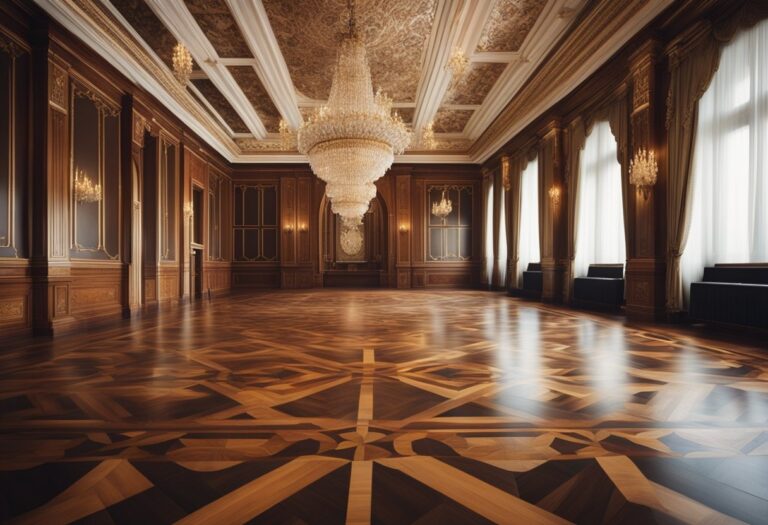Wood look porcelain is a popular flooring option that offers the best of both worlds: the authentic aesthetics of wood with the modern practicality of porcelain. This innovative flooring option has become increasingly popular in recent years due to its durability, easy maintenance, and realistic wood-like appearance. With advancements in technology, manufacturers are now able to create wood look porcelain that is virtually indistinguishable from real wood.

One of the main benefits of wood look porcelain is its durability. Porcelain is known for its strength and resistance to wear and tear, making it an ideal choice for high-traffic areas such as kitchens, hallways, and entryways. Unlike real wood, which can be easily scratched or dented, wood look porcelain is highly resistant to damage and can withstand heavy foot traffic and everyday wear and tear. Additionally, porcelain is waterproof, making it an excellent choice for bathrooms and other areas where moisture is a concern.
Wood Look Porcelain Fundamentals

Composition and Manufacturing
Wood look porcelain is a type of tile that is designed to look like natural wood. It is made from a mixture of clay, feldspar, and other natural materials, which are then fired at high temperatures to create a durable and long-lasting tile. The surface of the tile is then printed with a high-resolution image of wood grain, which gives it a realistic and authentic look.
Manufacturers use advanced printing technologies to create wood look porcelain tiles that mimic the natural variations and imperfections of real wood. The tiles are available in a variety of colors, patterns, and textures, which makes it easy to find a style that complements any room.
Advantages Over Hardwood
Wood look porcelain offers several advantages over traditional hardwood flooring. It is more durable and resistant to scratches, dents, and moisture, which makes it ideal for high-traffic areas and rooms with high humidity levels. It is also easier to clean and maintain than hardwood, as it does not require regular polishing or waxing.
Wood look porcelain is also more affordable than hardwood, making it an excellent choice for budget-conscious homeowners. It can be used in a variety of applications, including floors, walls, and even outdoor areas, which makes it a versatile and practical option for any home.
Overall, wood look porcelain offers the perfect combination of authentic aesthetics and modern practicality, making it an excellent choice for anyone looking to upgrade their home’s flooring.
Installation and Maintenance

Installation Techniques
Wood look porcelain tiles are designed to mimic the natural appearance of wood, but with the added benefits of durability and easy maintenance. Proper installation is crucial to ensure that the tiles look and function as intended.
Before installation, it is important to ensure that the subfloor is clean, level, and dry. The tiles can be installed using a variety of techniques, including thin-set, mortar, or adhesive. It is recommended that a professional installer is used to ensure that the tiles are installed correctly.
One popular installation technique is the “floating floor” method, which involves laying the tiles on top of a foam underlayment. This method allows for easy removal and replacement of individual tiles if necessary.
Care and Longevity
Wood look porcelain tiles are a low-maintenance flooring option, but they still require regular care to maintain their appearance and longevity. Here are some tips for caring for your wood look porcelain tiles:
- Sweep or vacuum the floor regularly to remove dirt and debris.
- Clean up spills and stains immediately to prevent staining.
- Use a neutral pH cleaner specifically designed for porcelain tiles.
- Avoid using abrasive cleaners or tools that can scratch the surface of the tiles.
- Use furniture pads to prevent scratches and dents from heavy furniture.
With proper care and maintenance, wood look porcelain tiles can last for many years and continue to look beautiful.






